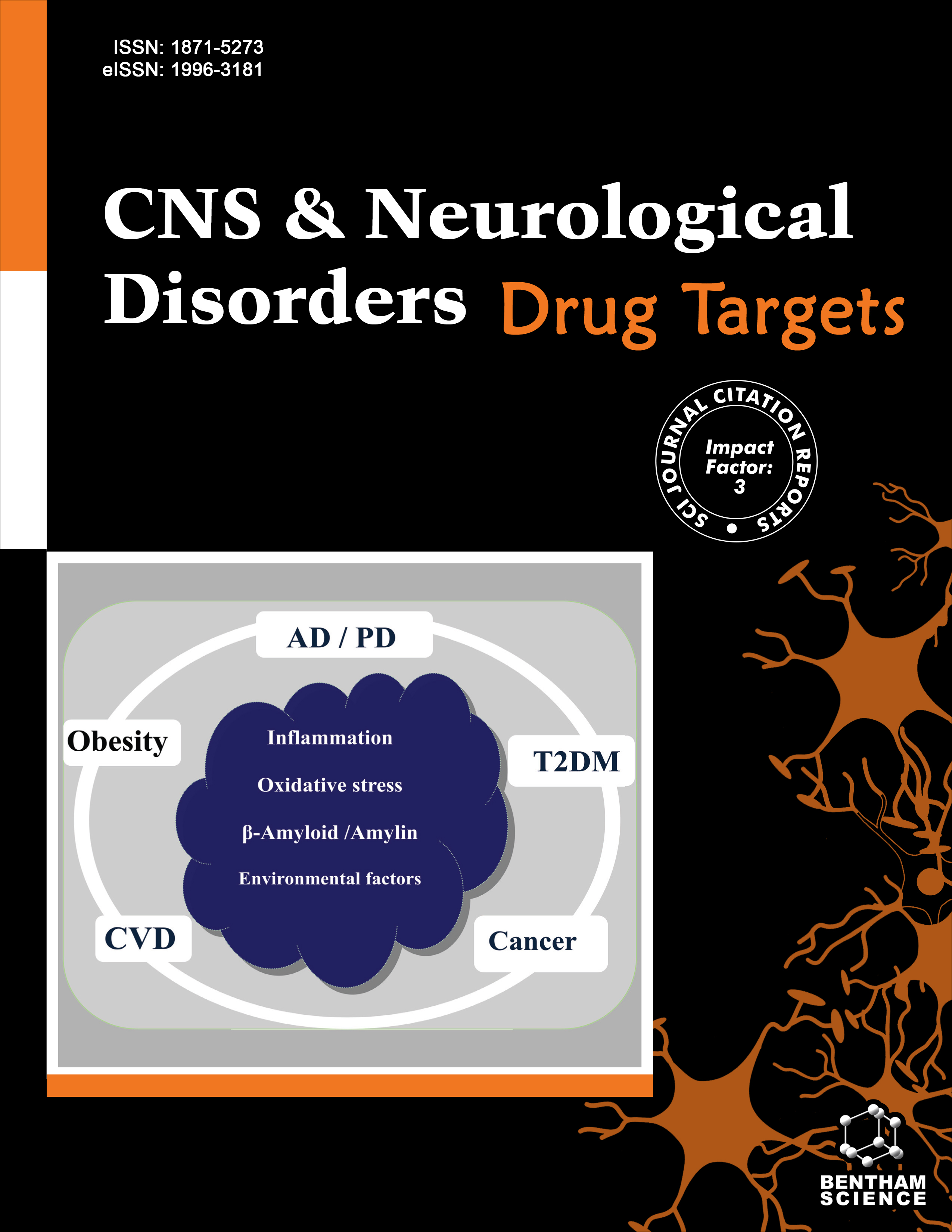
Full text loading...
We use cookies to track usage and preferences.I Understand

Heme-oxidized iron regulatory protein 2 (IRP2) ubiquitin ligase-1 (HOIL-1) is believed to contribute to the ubiquitination of IRP2, which facilitates the transcription of transferrin receptor 1 (TfR1) while preventing the transcription of ferroportin-1 (FPN-1). Bioinformatics analysis predicts that nadolol (a β-blocker) interacts with the HOIL-1.
The present study is intended to explore whether nadolol suppresses ferroptosis in the brains of rats suffering from ischemic stroke via targeting the HOIL-1/IRP2 pathway. A rat model of ischemic stroke was established by blocking the middle cerebral artery for 2 h plus 24 h reperfusion, and nadolol (2.5 or 5 mg/kg) was given at 1h after reperfusion. HT22 cells were subjected to 12 h of hypoxia, followed by 24 h of reoxygenation for simulating ischemic stroke, and nadolol (0.1 or 0.25 μM) was administered to the culture medium before reoxygenation.
The stroke rats showed evident brain injury (increases in neurological deficit score and infarct volume) and ferroptosis, along with up-regulation of IRP2 and TfR1 while downregulation of HOIL-1 and FPN-1; these phenomena were reversed in the presence of nadolol. In the cultured HT22 cells, hypoxia/reoxygenation-induced LDH release, ferroptosis, and changes in the levels of relevant proteins (IRP2, TfR1, HOIL-1, and FPN-1) were also reversed by nadolol.
In terms of these findings, it is concluded that nadolol can protect the ischemic rats’ brains against ferroptosis by targeting the HOIL-1/IRP2 pathway, thereby preventing intracellular iron overload. Thus, nadolol may be a novel indication for treating patients with ischemic stroke.

Article metrics loading...

Full text loading...
References


Data & Media loading...